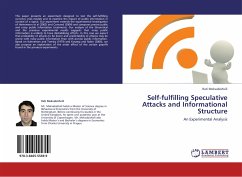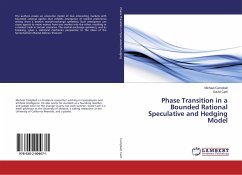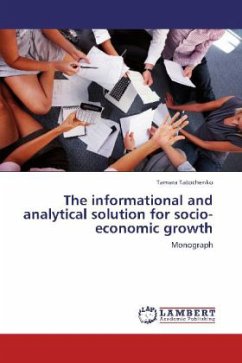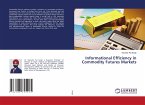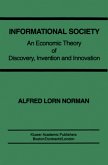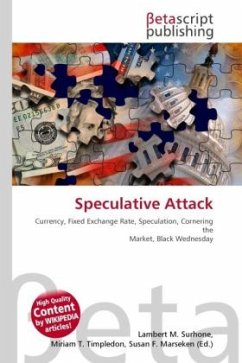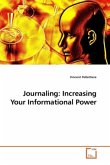This paper presents an experiment designed to test the self-fulfilling currency crisis models and to examine the impact of public information in context of a signal. Our experiment extends the experimental investigation of Heinemann et al (2002) and Cornand (2004) and compares precise public and noisy public information treatments. Our analysis of the theoretical and the previous experimental results suggests that noisy public information is unlikely to have destabilising effects. In this case we expect that probability of attacks to be lower and predictability of attacks may be worse with noisy public information than with precise public information. Based on Kahneman and Tversky (1979) and Koszegi and Rabin (2006), we also propose an explanation of the order effect of the certain payoffs found in the previous experiments.
Bitte wählen Sie Ihr Anliegen aus.
Rechnungen
Retourenschein anfordern
Bestellstatus
Storno

